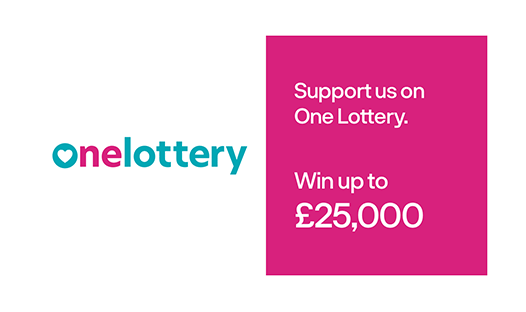Due to the similarity of the underlying symptoms, many cluster headache (CH) sufferers (particularly females) are often misdiagnosed with migraine. Migraine affects up to 12% of the population compared with just 0.2% for CH [see CH diagnosis].
As with CH, migraine can be either episodic or chronic and there are two main types: attacks with and attacks without aura, the former being much less prevalent. When present, the aura relates to accompanying symptoms such as visual, sensory and other disturbances.
No single criterion is normally used for the diagnosis of migraine. However, the most common characteristics include unilateral (one-sided) headaches, throbbing, moderate to severe in nature and the pain is generally worsened by moving around or physical activity. Associated symptoms often include sensitivity to light and sound, feeling sick, and actually vomiting. Other factors commonly identified with migraine include onset around menstruation in female sufferers and certain premonitory symptoms, such as food cravings, lethargy and mood changes.
Triggers of migraine amongst some sufferers include cheese, chocolate and alcohol (particularly red wine), although unlike CH sufferers, where drinking alcohol can almost immediately trigger an attack, migraine sufferers generally have a headache some hours after a drink. Migraine attacks (as in CH) can also often seem to be related to the cessation of stress.
Most sufferers of migraine are able to self-medicate with over-the-counter medication. However, there are a number of prescriptive medications available for both acute and preventative treatment in more severe cases. Non-steroidal anti-inflammatory drugs (NSAIDs) are normally the first-choice analgesics and although opiates can be useful, their continued use can lead to a dull background headache. Triptans (selective 5-HT1 agonists), also used in CH, can be a very effective abortive medication, even in tablet form. Migraine prevention can often be successful with beta-blockers or pizotifen; and methysergide, sodium valproate, tricyclic anti-depressants and regular use of NSAIDs can also be effective.
A variety of other types of medication have been successful for some sufferers of migraine, including:
- Calcium channel blockers
- Anti-epileptics
- Selective serotonin re-uptake inhibitors (SSRIs)
- Riboflavin
- Magnesium
- Botulinum toxin (Botox)
As with CH, the diagnosis of migraine is based purely on assessing the history of the sufferer coupled with a detailed neurological examination.
Links






